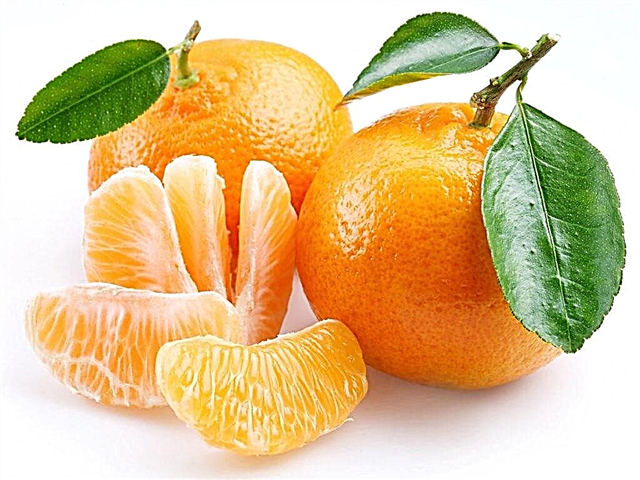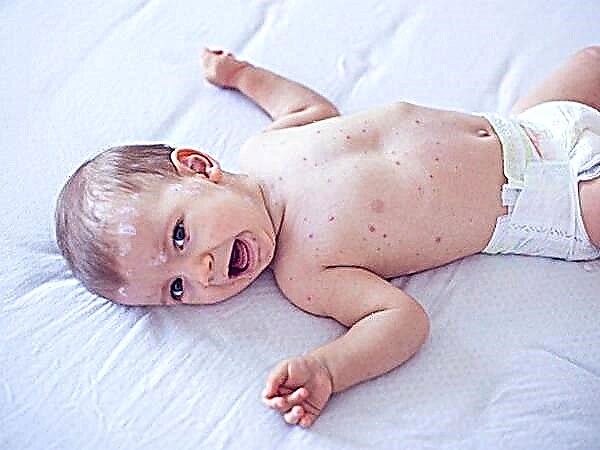
Fish is undoubtedly healthy and deserves a special place in the baby's menu, but it must be introduced correctly into the children's diet. When to cook a little fish for the first time and how to do it?

Pros
Fish is a useful product, as it contains many substances necessary for the growth and health of the baby. These are complete proteins that are easily digested, and unique fats, which are scarce in other products, and a large list of trace elements. In addition, fish differs from meat in a more tender structure, so it is easier to digest:
- The proteins that fish are rich in are easy to digest. They contain all the amino acids necessary for a child's body, including many methionine, tryptophan, taurine, lysine.
- Fish is a great source of fat-soluble vitamins such as A, D, and E, as well as healthy omega fats.
- There are no coarse connective tissue fibers and refractory fats in fish, therefore, the enzymes of the children's digestive tract easily process this product.
- Sea fish has a rich mineral composition, for example, it contains a lot of iodine and fluoride.

Which fish is healthier - sea or river?
Both fish caught in the sea and species that live in rivers can be introduced into the child's diet. At the same time, it is advised to start with varieties of sea fish. What is the difference, similarity and benefits for the human body of river and sea fish, see the table:
Harm
The main disadvantage of fish is its high allergenic ability. That is why crumbs with allergies to any products are introduced to fish later, very carefully and only during the period when the allergic processes are not aggravated.

Consider the following features:
- If the fish swam in polluted water, it absorbs harmful compounds from the reservoir, for example, metal salts.
- Fish that have not undergone heat treatment is dangerous because of the increased risk of infection with worms and pathogenic bacteria.
- Fish dishes deteriorate quickly, so the children are given food with fish as a component, only freshly prepared.
- Herring can be given to a child from the age of two.
- Fatty fish such as salmon, eel, catfish or halibut should not be given to babies under three.
- Frying fish for a child, as well as offering smoked fish to a baby, is not recommended until 3 years old.
Is there often an allergy?
Fish is considered one of the highly allergenic products, therefore, dishes from it are given in minimal quantities, checking the reaction of the child's body, after which a single portion is gradually increased. A crumb can react to the introduction of a fish into the diet with nausea, a rash all over the body, abdominal pain, diarrhea, itchy skin, and swelling of the lips. If the baby has such signs, fish complementary foods are canceled and they turn to the pediatrician.
You can try again to introduce the fish into the children's menu at the age of 2-3. If the toddler reacts to the fish dish with negative symptoms again, fish should be excluded from his diet, and so that the body does not suffer from lack of nutrients, start giving the baby vitamin D and Omega fats in the form of a food supplement.

At what age is it better to give?
Fish feed is recommended for healthy babies from 10 or 11 months. The first fish that a child tries should be one of the low-fat varieties. If you are prone to allergies, acquaintance with fish dishes should be postponed for at least a year.
Fatty fish such as mackerel or pink salmon are recommended for children over the age of three.
Introduction to the diet
In the diet of babies, fish appears after getting used to meat complementary foods, while meat dishes are not given on the same day with fish ones for up to a year. A child should be introduced to fish with 1/2 teaspoon of this product. Then the amount of fish in the daily menu is brought to a portion of 50 to 70 grams, while offering the fish to the toddler twice a week.
Which fish is best for the first feeding?
The first fish that a baby can try must be fresh, low-fat and low-allergenic. Compliance with such characteristics is noted in cod, hake and salmon. You can also give your baby pollock, blue whiting, navaga, sea bass and haddock.
In what form can you give for the first time?
Children under one year old are given fish puree, and later they are offered small pieces of boiled fish, as well as various fish dishes. First, let the little one try the fish without spices and other additives. Further, dill, carrots, parsley and other seasonings will help to improve and diversify the taste of fish dishes for a child.

For fish dishes on the menu of small children, it is worth buying fillets so that the baby does not get bones.
How to cook?
The best option for cooking fish for baby food is steaming. You can also boil the fish in a little water. Cooking small pieces of fish is enough for fifteen minutes, and large pieces or whole fish will have to be cooked for half an hour or longer.

Fish puree
To make mashed fish, take 120 grams of fish fillets and two teaspoons of milk and vegetable oil. After boiling the fish for about twenty minutes, cool it and grind it in a blender or meat grinder. After adding butter, as well as milk, the fish should be put on a low heat and brought to a boil. Such puree in the form of a finished product can be stored in a refrigerator for 48 hours in a tightly closed container.

Fish meatballs
Grind 120 grams of lean fish fillets and 20 grams of pre-soaked bread in a meat grinder. After adding half an egg yolk, two teaspoons of vegetable oil and a pinch of salt to the resulting mass, make small meatballs after thorough mixing. Place them in a saucepan and cover with water so that the meatballs are half immersed in it. These meatballs are stewed over low heat for about twenty minutes.
Fish pudding
You will need half a boiled potato, which you need to knead by adding milk (2 tablespoons), as well as vegetable oil (about 2 teaspoons). Separately, in a little salted water, you need to cook fish fillets (about 100 grams). After combining the chopped fish and potatoes, add half a beaten chicken egg and, after mixing, put the mixture in a mold. It is necessary to cook such a pudding in a water bath or in a double boiler for about 30 minutes.

Fish puree in jars
Jars of ready-made fish puree have the following advantages:
- The product is already ready, which saves mom's time and effort.
- The fish in such jars is tested and guaranteed safe for the crumbs.
- Many mashed potatoes come in combinations of fish with cereals or vegetables, so you get a nutritious, complete meal in every jar.
The disadvantages include only the high cost of such food. In addition, the assortment of similar mashed potatoes is usually not very extensive.
Can I give canned fish?
Special canned foods for children are allowed from the age indicated on the package. Canned fish that adults eat should not be given to children under 4 years of age.
See the Babadu Academy video for the recipe for making fish dumplings.
Tips for introducing complementary foods
- The first serving of fish puree should be at most half a teaspoon.
- It is best to treat the baby to a new product for breakfast, then you can evaluate how the baby reacted to the fish food during the day.
- Fish dishes are usually given twice a week, replacing meat products in the third meal (lunch). Also, because of its easy assimilation, it is permissible to give the fish to the baby for dinner.
- For small children, it is preferable to steam or boil fish. You can also bake it in the oven or cook it in a slow cooker.
- If you bought frozen fish for your child, do not completely defrost it. Let the fillet melt a little, then put it in boiling water and cook for about 10-15 minutes over low heat.
- If you are going to cook river fish for your baby, the first broth should be drained. As soon as the fish boils, the water is drained, the product is poured with clean water and then boiled until tender.
- It is not recommended to mix several different types of fish in one dish for a child.
- Always give your baby only a freshly prepared fish dish.

Usage rates for infants and older children
What if the child is not hungry?
For the first acquaintance with fish, choose a product that the child loves (for example, zucchini) and combine the fish puree with it. To remove the pronounced fishy smell, you can sprinkle the fish fillet with lemon juice before cooking, and also cook the fish along with herbs (dill, parsley).
Tell your child about the usefulness of the fish, as well as stories related to the sea, for example, about pirates or mermaids. Never force a child to eat fish dishes if the baby strongly protests. Exclude fish from the menu for a while, and later try offering it in a different form. Perhaps the crumb does not like the fish puree, and he will not refuse a steam cutlet.

Tips for choosing fresh fish
- It is best to buy fish for a children's menu in stores where there are documents confirming the quality of the product.
- Take a close look at the fish by looking at the gills (they should be red) and eyes (they are transparent and clear in a fresh fish, and cloudy and dry in a spoiled one).
- Pay attention to the fins of the fish - they must not be damaged.
- Fresh saltwater fish will always have clean shiny scales without slime.
- Smell the product - the fish should not have any unpleasant or pungent odor.
- Apply a little pressure on the fish carcass. If a hole remains, this product is not entirely fresh. Quality fish that has recently been caught will have firm, firm meat.
Find out if your child's weight is normal using the following calculator.



